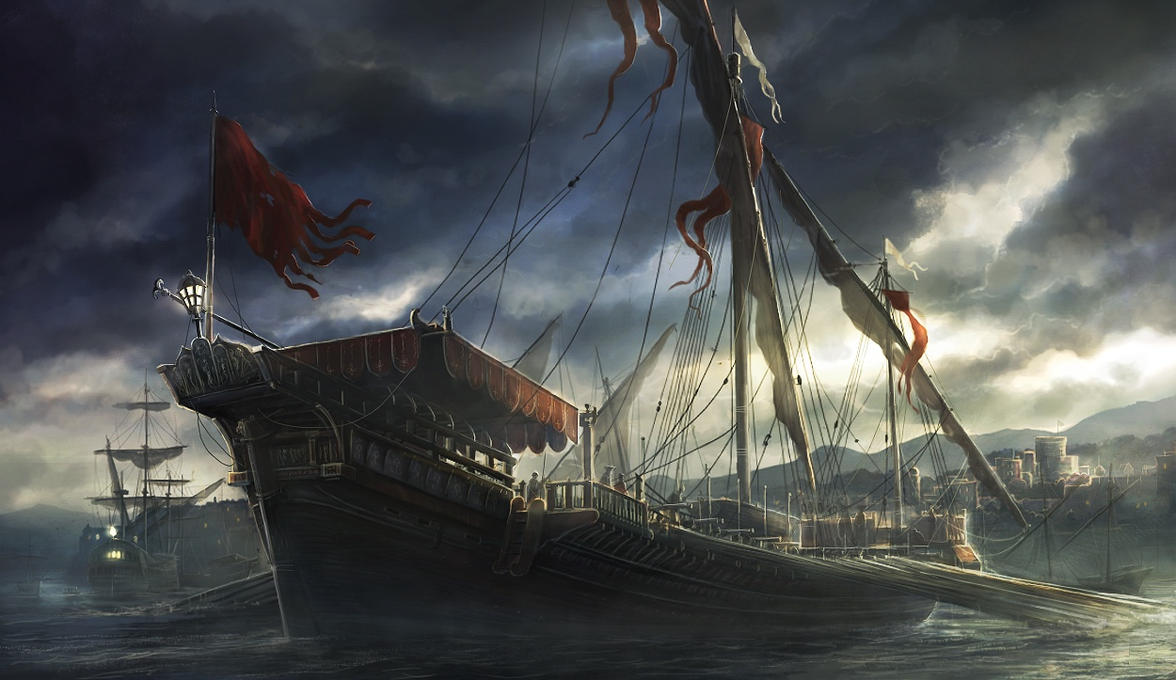Greetings all. I finally received the much-awaited package from the printer this afternoon -- discovered by accident since the delivery guy at UPS didn't bother to knock or ring the front door bell. Good news: the printer's proof for the hardcover looks great. Bad news: the softcover version was not included in the package. Gee thanks. I placed an inquiry with DTRPG to that missing printer's proof asap.
Overall, the hardcover book looks great. The premium paper stock is slightly glossy and feels good to the touch. The printing is very sharp, which is a relief, considering the large number of maps inset in the text.
I'll start the hardcover's Kickstarter fulfillment first thing Thursday morning (Dec. 7th). This means that many of you will be receiving this book before Christmas day. This might also be true to some of you outside the US (especially in the UK). As for the softcover book, I won't be waiting too long before getting this process started as well. The printing inside the softcover book is identical to the hardcover's. The file is evidently different for the cover, but it is otherwise set up exactly the same way as the hardcover's, so I'm not expecting more bad surprises here.
That's it for now. If you need to find out more about Calidar projects in general (or this one, when I release it for general sale to the public), click the advertising at the top of the blog page. I'll let you now peruse the pictures I just shot of the book. Cheers!
Overall, the hardcover book looks great. The premium paper stock is slightly glossy and feels good to the touch. The printing is very sharp, which is a relief, considering the large number of maps inset in the text.
I'll start the hardcover's Kickstarter fulfillment first thing Thursday morning (Dec. 7th). This means that many of you will be receiving this book before Christmas day. This might also be true to some of you outside the US (especially in the UK). As for the softcover book, I won't be waiting too long before getting this process started as well. The printing inside the softcover book is identical to the hardcover's. The file is evidently different for the cover, but it is otherwise set up exactly the same way as the hardcover's, so I'm not expecting more bad surprises here.
That's it for now. If you need to find out more about Calidar projects in general (or this one, when I release it for general sale to the public), click the advertising at the top of the blog page. I'll let you now peruse the pictures I just shot of the book. Cheers!
 |
| CA1 -- Calidar: Dreams of Aerie |














































